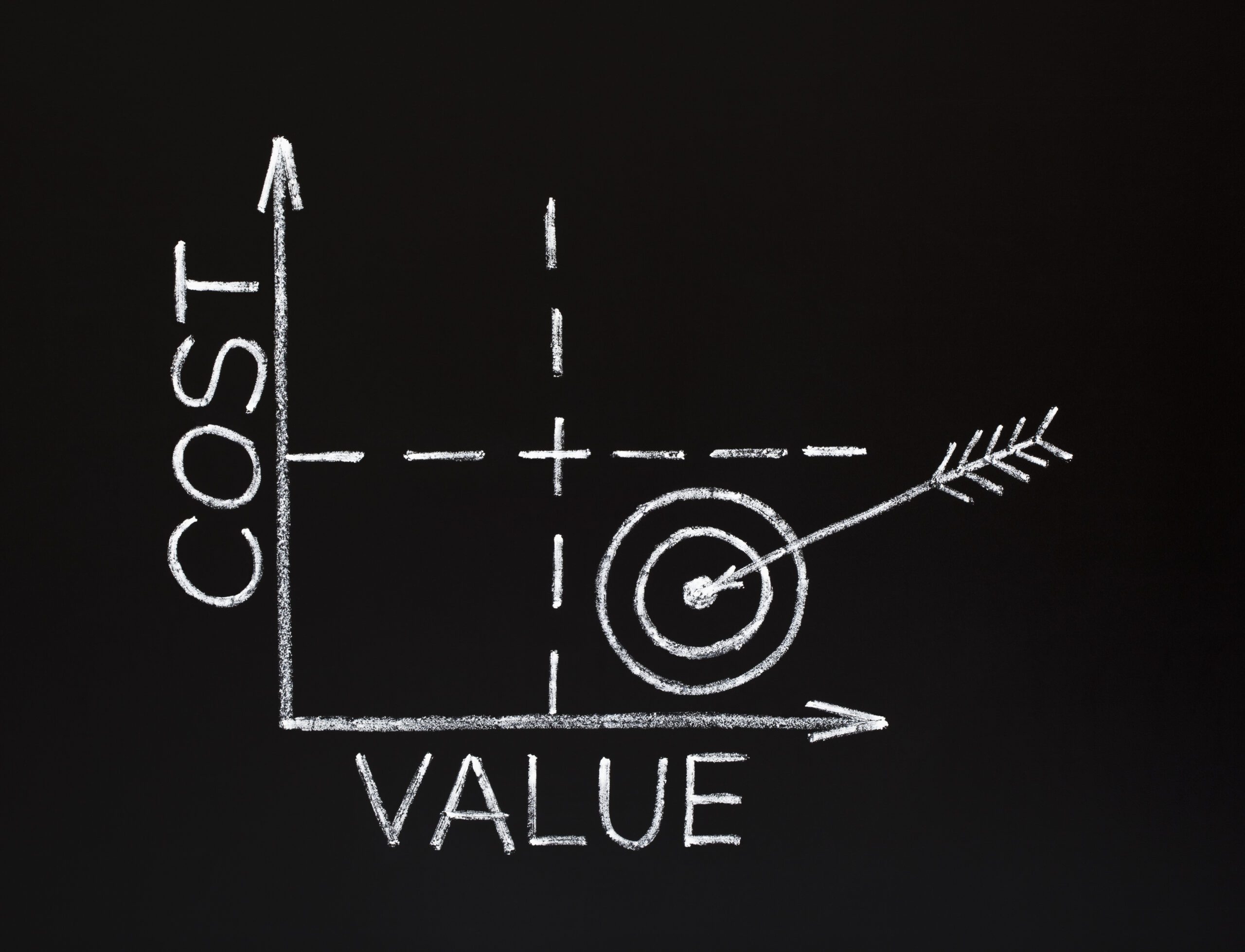Dealers have the potential to save a substantial amount of marketing dollars per month while providing an increase in website traffic, website conversions and cost per leads.
NADA reported in 2017 that the average dealership spends 55.4% of its budget investing in digital marketing. This increase reflects the industry’s understanding of the consumer’s shift to the internet for the purpose of car shopping.
First let’s talk about how to calculate cost-per-lead:
- Take a look at how many visitors you have to your site in a 30-day period and their source (social media, email, etc).
- Look at the leads in your CRM for same 30-day period and sort by source.
- With the number of leads total, you can easily calculate our conversion rate. For instance, if you have 1,000 visitors from Facebook and get 10 actual leads from Facebook, you have a 1% lead conversion rate on Facebook.
- To calculate the cost you take Cost/Lead. So if Facebook ads cost $400 and you have 10 leads, the cost per lead is $40.
Now that you know how to calculate cost per lead, let’s talk about ways to bring that cost per lead down.
Utilize the power of your CRM
Most dealers have collected customers’ emails and other contact information. Digital marketing channels can leverage this useful database. Dealers can create segments, such as buyers, who haven’t visited the dealership recently for service or purchase and prospects who came to the dealership but didn’t purchase, just to name a few. At a fraction of the cost of television, radio, mailers, and other traditional methods; you can reach out to previous buyers an create a lookalike audience. Facebook lookalike audiences come from examining the valid contacts’ interests, demographics, and other features to create a brand new audience that mirrors the original.
Understanding Quality Score
Paid search is still one of the automotive industry’s best lead generators. As competition grows and market share becomes tighter, it’s important that dealerships focus on bolstering their Quality Score (QS). Did you know that a dealership whose ad has a QS of 3 pays twice as much as a dealership whose ad has a QS of 6?
This score is also determined by landing page experience and expected click-through rate. These factors are what influences QS. When a website is built correctly, the landing page experience will match better with the ad and searcher’s intent.
The automotive industry’s average click-through rate is 4%. Crafting original ads that leverage all applicable extensions and offering a great landing page experience can dramatically increase clicks.
Provide relevant content on your website
Search engine results pages and third-party sites show competitors’ inventory to local car shoppers. A dealership’s website is the only place where shoppers will not view or engage with any other dealer.
Build webpages that satisfy local search queries. You should imply that a person is highly motivated to buy (e.g., “for sale”). Search Console and Google Ads provide information about local searches, including impressions, clicks, average position and conversions.
Use these to prioritize content on your site. This improved user experience coupled with other SEO tactics like page speed, keep bounce rates low and increases opportunities for conversion. By having pages that match consumer search, your site will better align with paid search ads and, thus, lower bid costs.
By using these strategies dealers have the potential to save thousands of dollars per month while providing an increase in website traffic, website conversions and leads by pursuing more qualified buyers and delivering a more seamless experience. For more useful strategies for your dealership visit The Ace Group.

